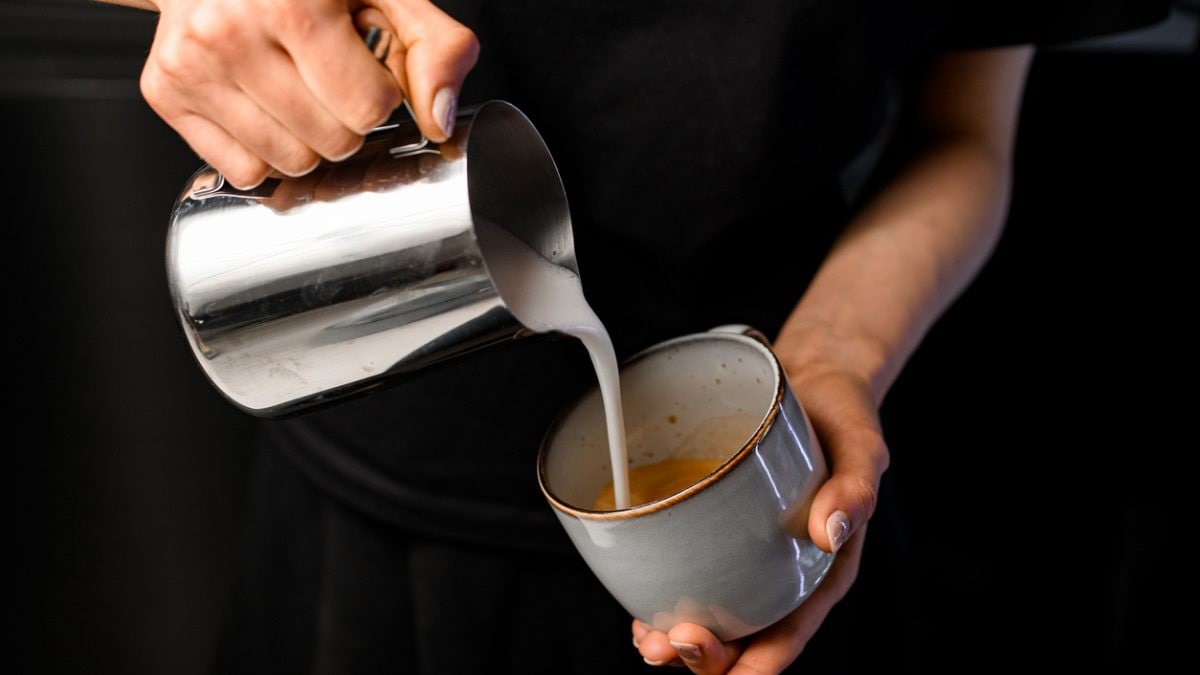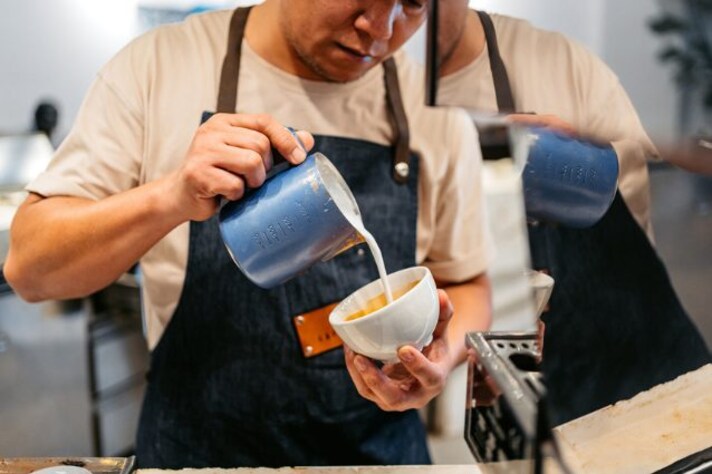
Whether you’re a stickler for Italian coffee rules or you’re sipping that frothy cup post-noon, there's something we need to discuss beyond timing. It’s not about when you drink your cappuccino, but what you drink it from. Is the cup warm? If it’s cold, you’re in for a subpar experience. Let’s explore why a chilled vessel is a frothy faux pas you’ll want to avoid.
A Cold Cup Kills the Crema
One of the best parts of a freshly made cappuccino is the delicate layer of crema that sits on top, waiting to greet your lips with a silky touch. Pouring a hot cappuccino into a cold cup, though, deflates that beautiful foam. The quick drop in temperature makes the crema sink, losing that initial appeal and leaving you with a cup that’s already “gone cold.”

Cold Cappuccinos Are Not as Cool as They Sound
Temperature plays a crucial role in the cappuccino experience. A cold cup rapidly absorbs the heat from the espresso and the steamed milk, chilling your drink faster than you can say “barista.” By the time you sit down, that once-vibrant coffee feels lackluster, and the warmth that should linger is long gone.
Flavor Is All in the Heat
Serving cappuccino in a cold cup dulls its flavors. Coffee’s oils are released at high temperatures, enhancing its complex notes and bringing out a rich aroma. A cold cup not only mutes these subtleties, but it also leaves the drink tasting flatter, robbing you of that balanced blend of espresso and milk.

How to Give Your Cup the Warm Welcome It Needs
Now that we’ve established the sin of a cold cup, here’s a simple fix. Warm your cup before serving by letting it sit under hot water or steaming it lightly if you have the setup. Warming the cup creates a perfect environment for your cappuccino to stay hot, giving you the full flavor and texture that a true cappuccino deserves.
;Resize,width=767;)
